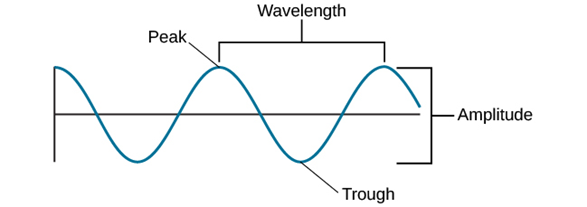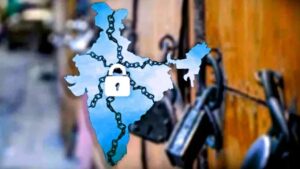Table of Contents
Operation Sadbhav
Context: India has launched Operation Sadbhav to provide humanitarian assistance and disaster relief (HADR) to Laos, Myanmar and Vietnam which have been hit by severe flooding caused by Typhoon Yagi.
About Operation Sadbhav
- India has committed $1 million worth of flood relief assistance to Vietnam and $1,00,000 worth of assistance to Laos.
- The Operation is backed by the Indian Navy and the Indian Air Force with INS Satpura and C-17 Globemaster aircraft carrying out the relief operation.
- This operation is part of India’s broader efforts to contribute to HADR within the ASEAN region, in line with its longstanding ‘Act East Policy’.
| Typhoon Yagi |
|
| UPSC PYQ |
| Q. Operations undertaken by the Army towards upliftment of the local population in remote areas to include addressing their basic needs is called: (2024)
(a) Operation Sankalp Answer: C |
Sagar Parikrama Expedition
Context: After three years of preparation, two women officers from the Indian Navy will soon start a challenging sea voyage around the world called the Sagar Parikrama Expedition.
About Sagar Parikrama
- Mission Goals: To promote seamanship, maritime heritage and gender equality through a challenging circumnavigation of the globe
- Participants: 2 Indian Navy women officers – Lt Commander (Cdr) Roopa A and Lt Cdr Dilna K.
- Mentorship: Cdr Abhilash Tomy (Retd.) – Hero of Golden Globe Race
- Vehicle: Indian Naval Sailing Vessel (INSV) Tarini.
- It is a 55-foot sailboat which was inducted into the Indian Navy in February 2017.
- It is named after the Tara-Tarini temple in Odisha, which is considered a patron deity for sailors and merchants

Commons/Common Resources
Context: Recently, Delhi hosted a three-day event on the conservation, restoration and governance of Commons. Over 500 grassroots participants from across India attended to discuss and promote inclusive, community-led governance frameworks.
What are Commons ?
- Commons refer to resources that are not owned by individuals, groups or governments but shared by communities. E.g.
- Natural Commons: Forests, rivers, lakes, grazing lands, sacred sites.
- Urban Commons: Parks, lakes.
- Intangible Commons: Language, folk art, traditional knowledge.
- Global Commons: Polar regions, outer space, and planetary bodies.
- Digital Commons: Internet resources and open-source software available under Creative Commons licences for free use.
|
Fact |
The United Nations (UN) recognizes 4 global commons;
|
- Significance of Commons: They provide essential ecological services and resources which are vital for community well-being.
- Challenges: Over-exploitation, increased stress due to climate change, lack of ownership leading to maintenance issues etc.
- Forest Rights Act (FRA) and Its Impact:
- It granted forest-dwellers the legal right to live and sustain their livelihoods within forest areas.
- It acknowledged the role of local communities in managing and conserving forest resources.
- It represents a significant shift from government-centric to community-based forest management.
| Facts |
|
What are AM, FM, and Signal Modulation?
Context: Signal modulations such as AM, FM, and PM are crucial for transmitting information efficiently. These modulation techniques help to manage signal interference and enable clear communication across different technologies.
About AM, FM & Signal Modulation
- Signal Modulation:
- It is the process of encoding information on a signal by varying its amplitude, frequency, phase or other characteristics.
- Amplitude Modulation (AM):
- It alters amplitude of the wave while frequency remains constant. It is used in AM radio broadcasts.
- Pros: Cost-effective and simple.
- Cons: Prone to noise and interference.
- Frequency Modulation (FM):
- It alters frequency of the wave while amplitude remains constant. It is used in FM radio broadcasts.
- Pros: Better sound quality, less noise.
- Cons: More complex and expensive receivers.
- Phase Modulation (PM):
- It Alters the phase of the wave to encode information.
- Pros: Less susceptible to amplitude fluctuations & is used for digital transmissions like Wi-Fi.
- Cons: Not ideal for analog radio or TV broadcasts due to its digital nature.
|
Fact |
Amplitude
Frequency
Wavelength
|



 Bihar Assembly Election 2025 Dates, Poli...
Bihar Assembly Election 2025 Dates, Poli...
 Bharat Bandh 9 July 2025: Over 25 Crore ...
Bharat Bandh 9 July 2025: Over 25 Crore ...
 Sukhoi Su-57: Will India Choose Russia�...
Sukhoi Su-57: Will India Choose Russia�...





















